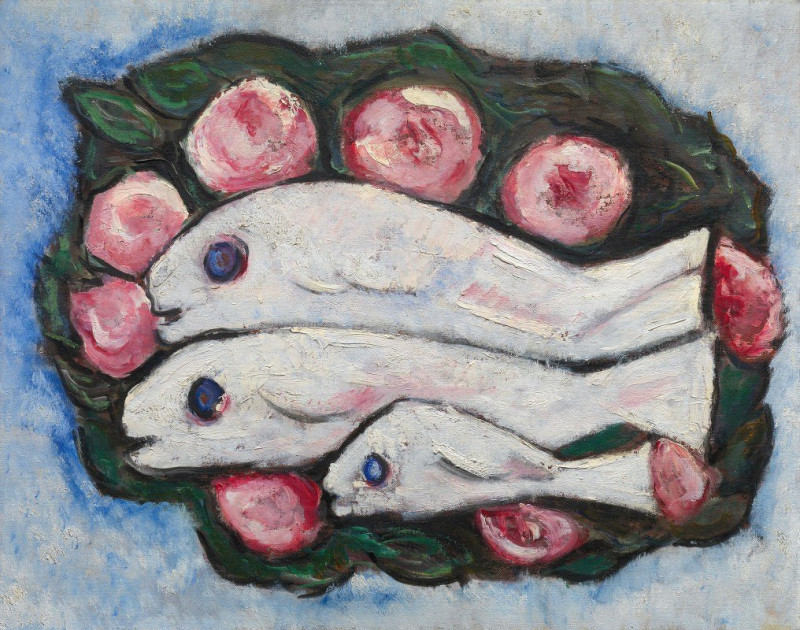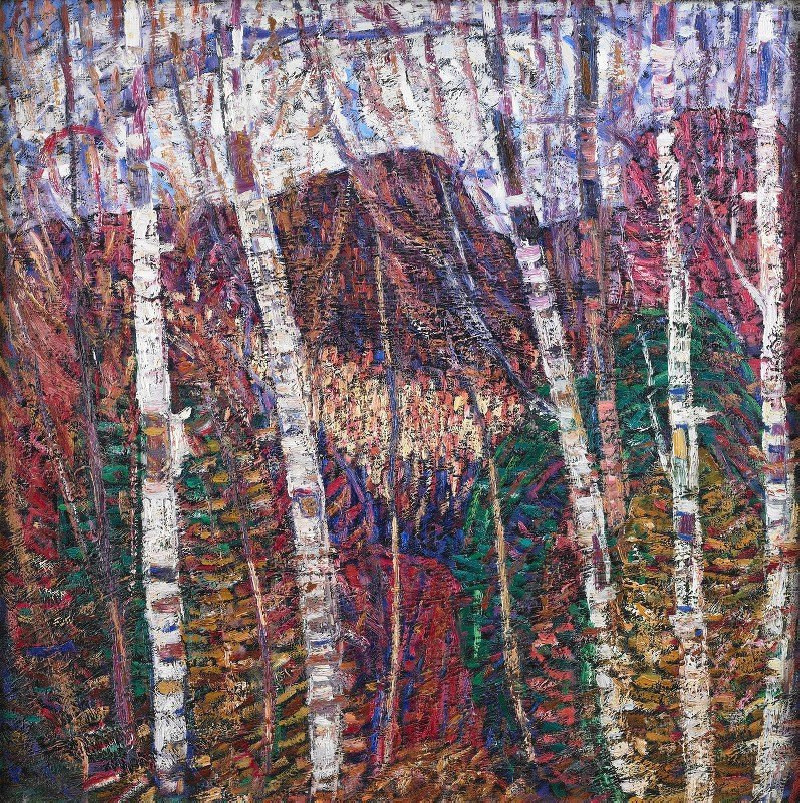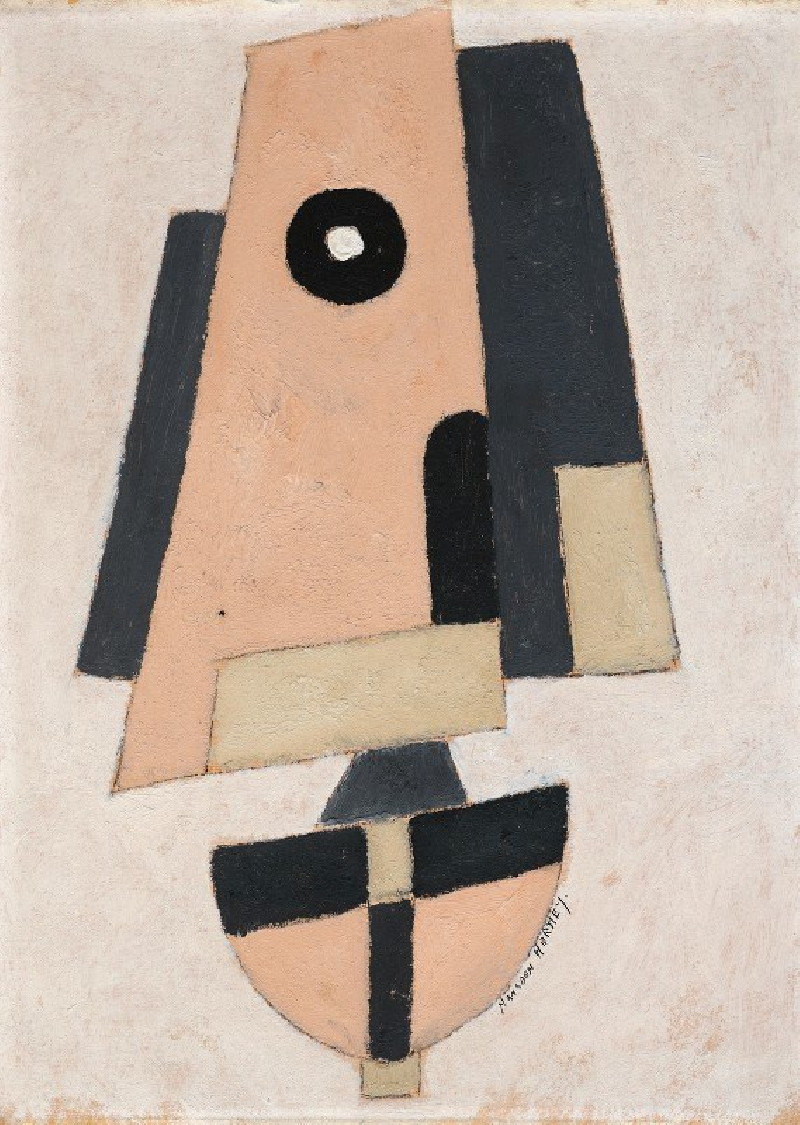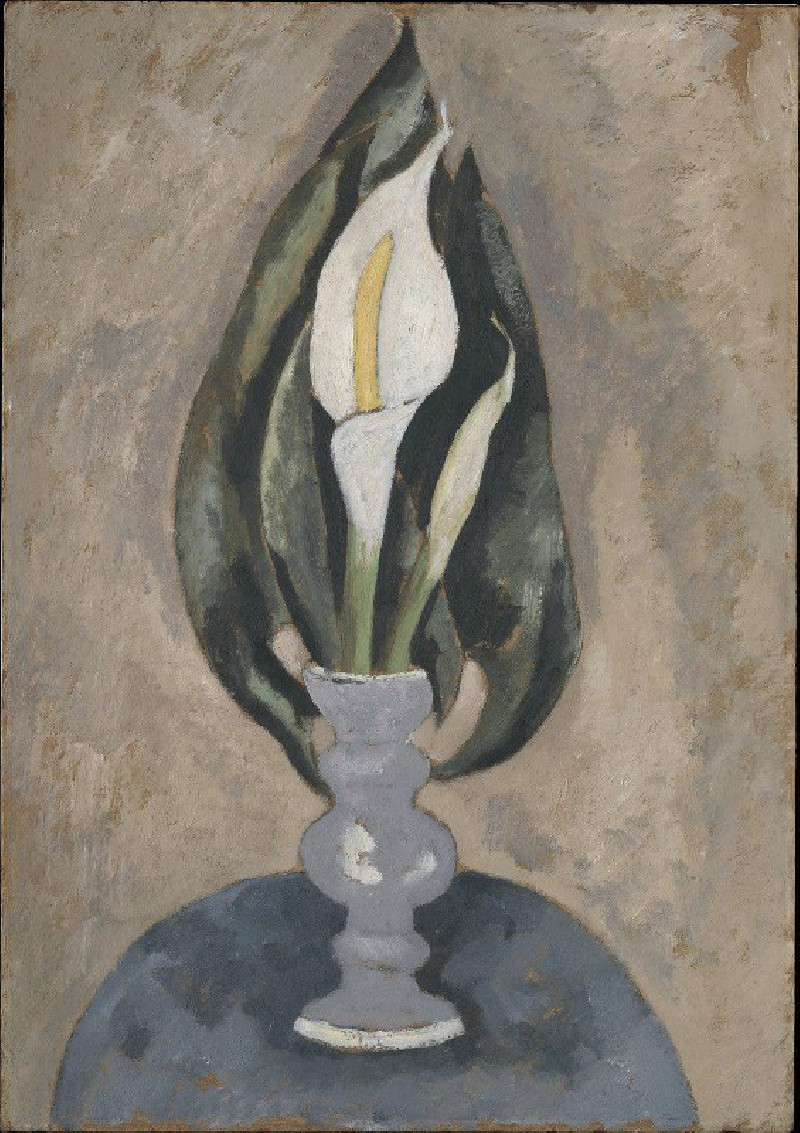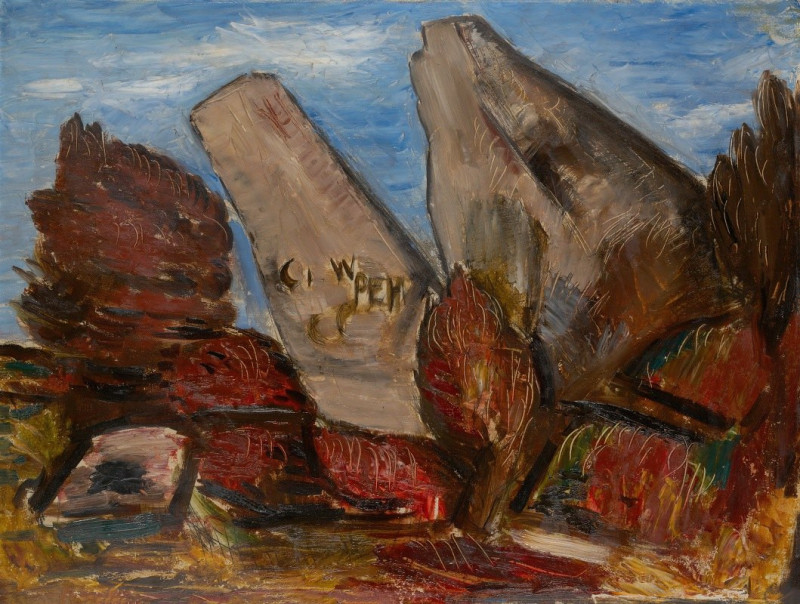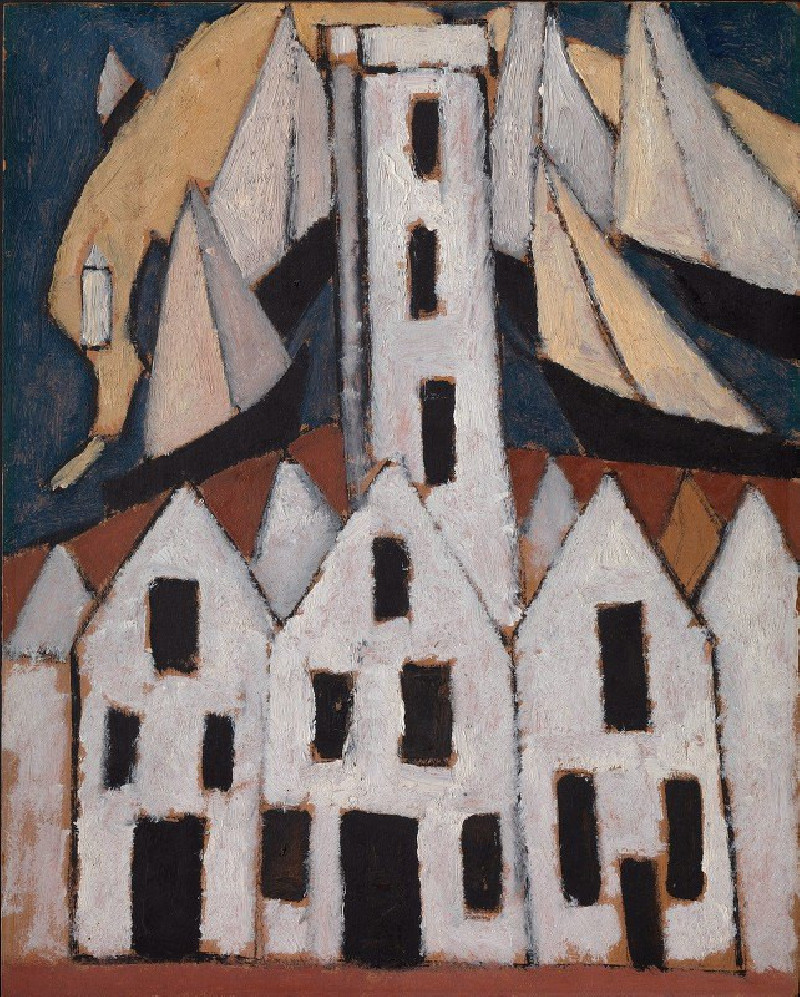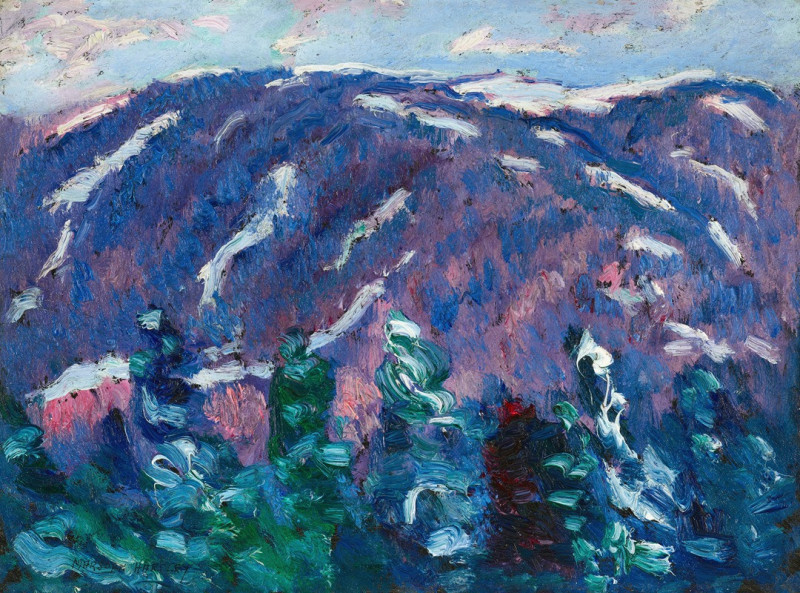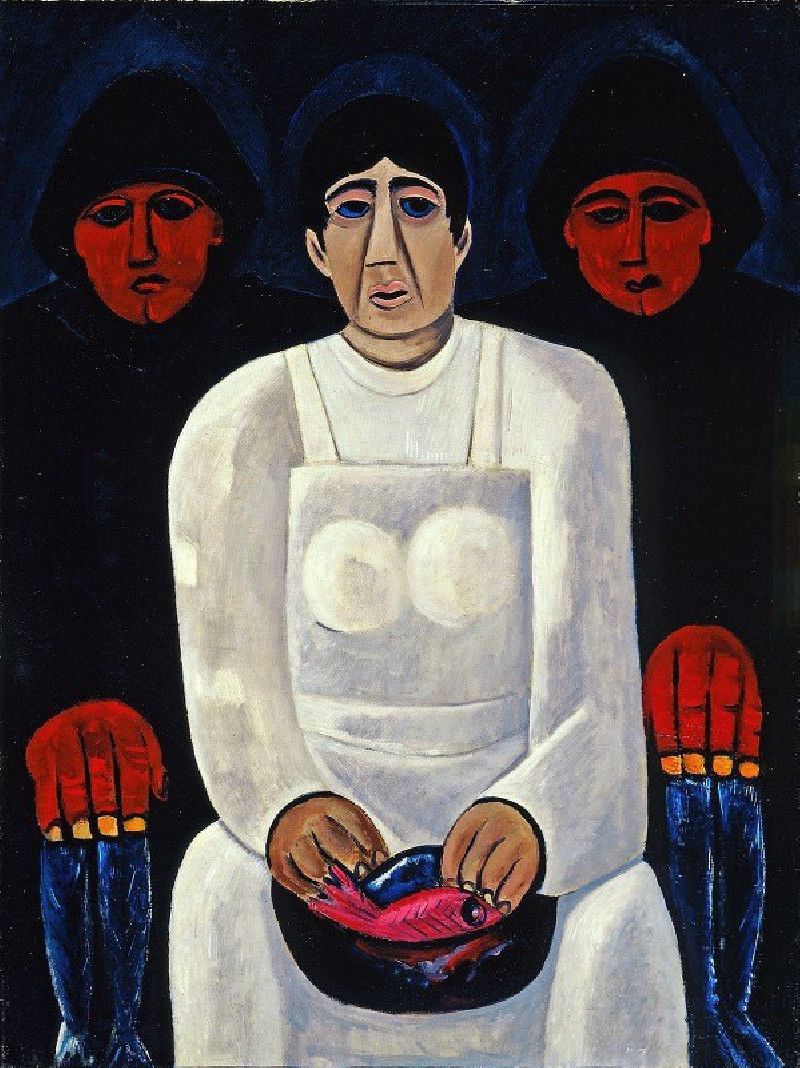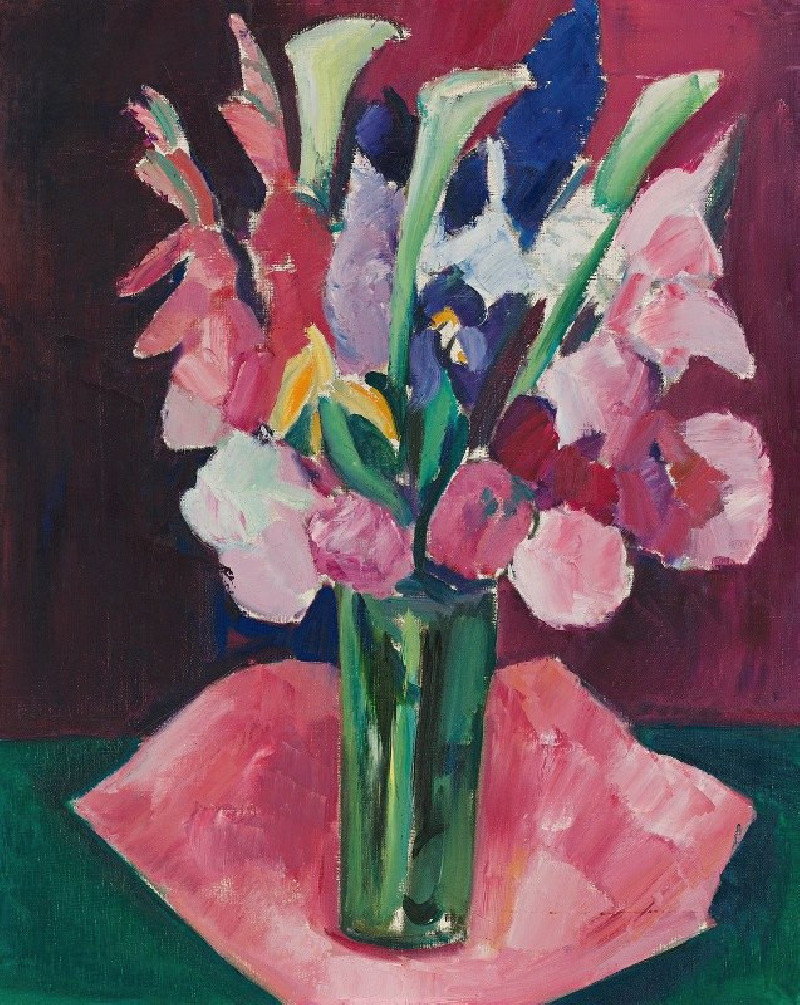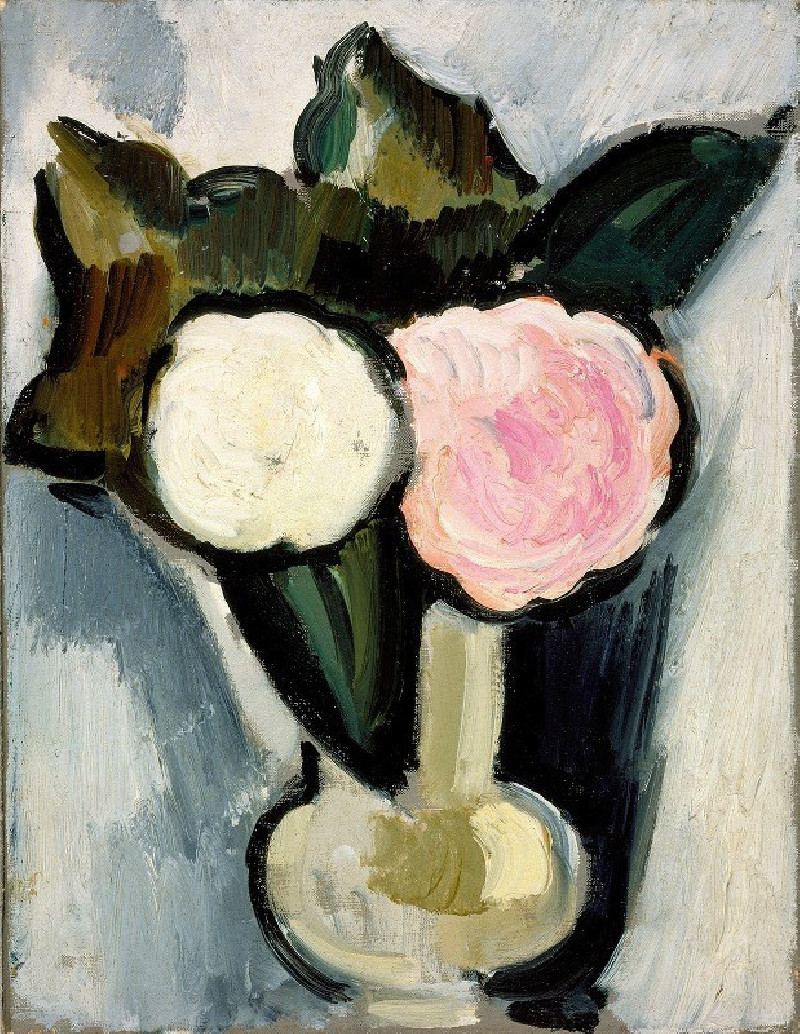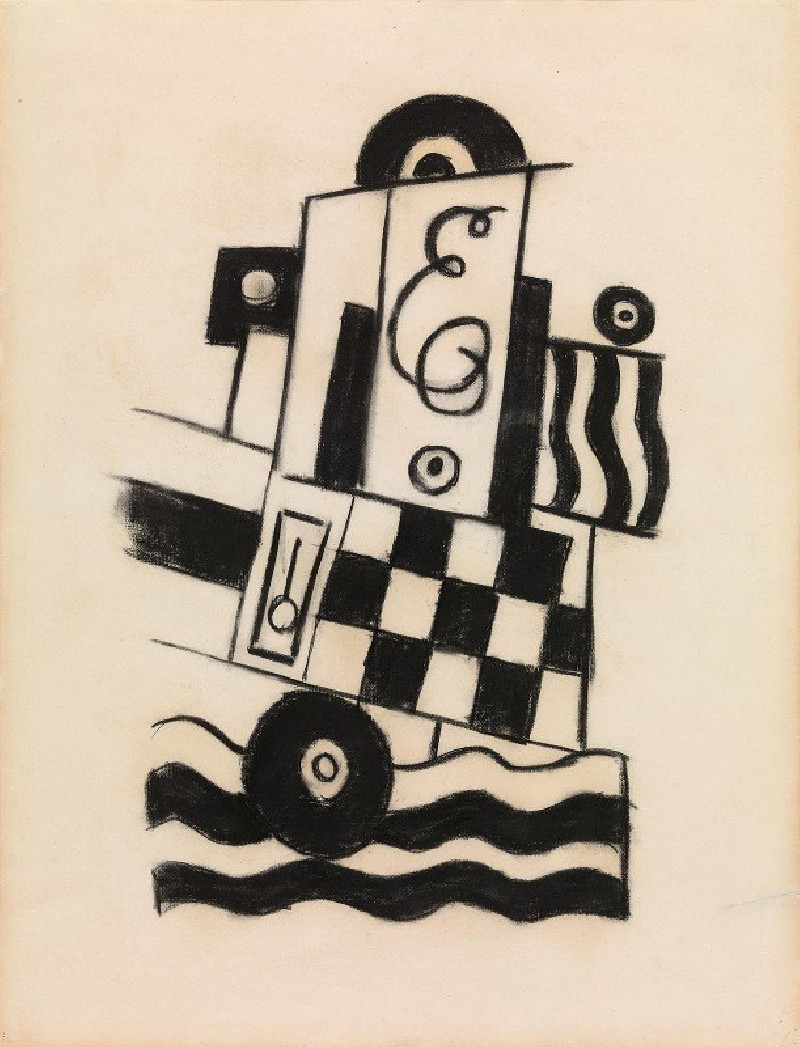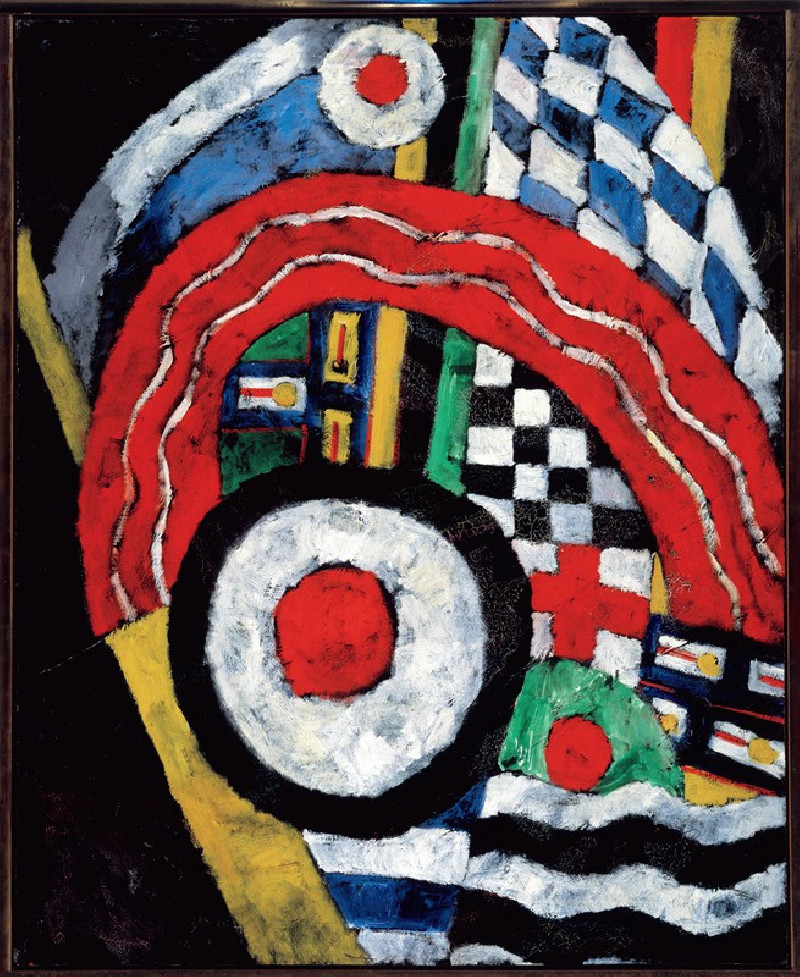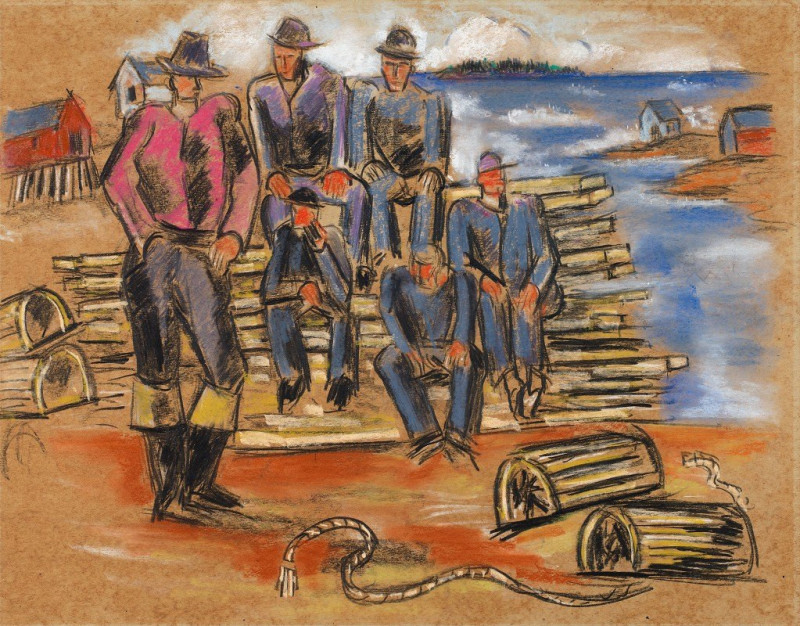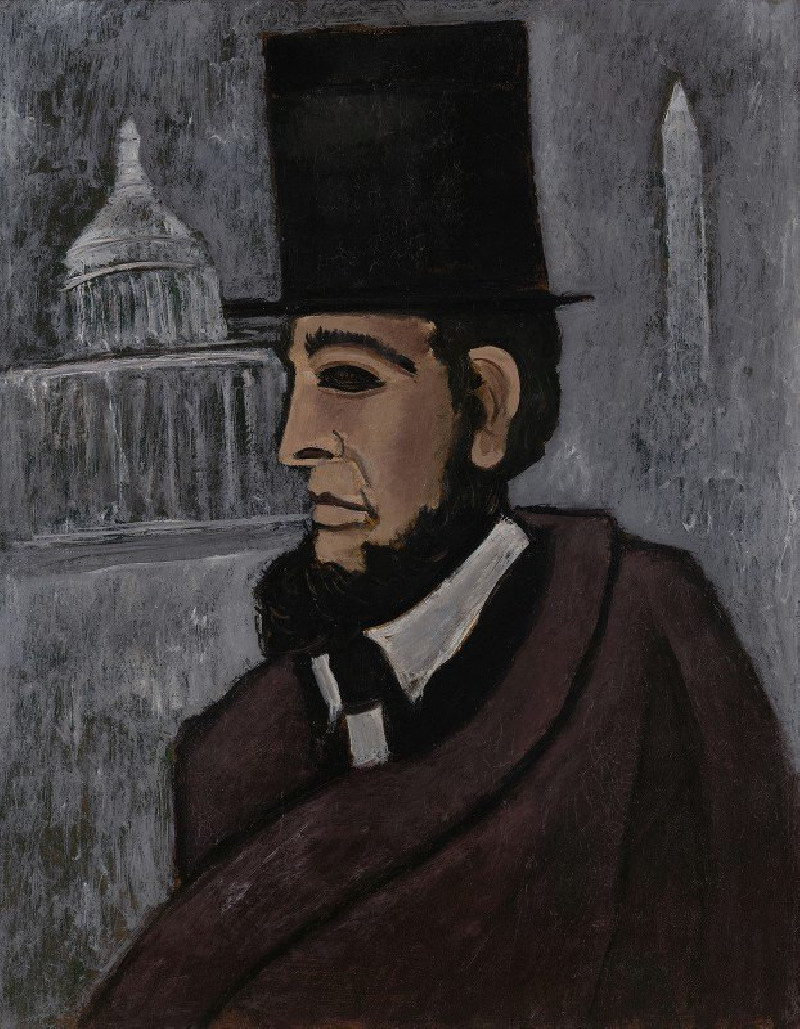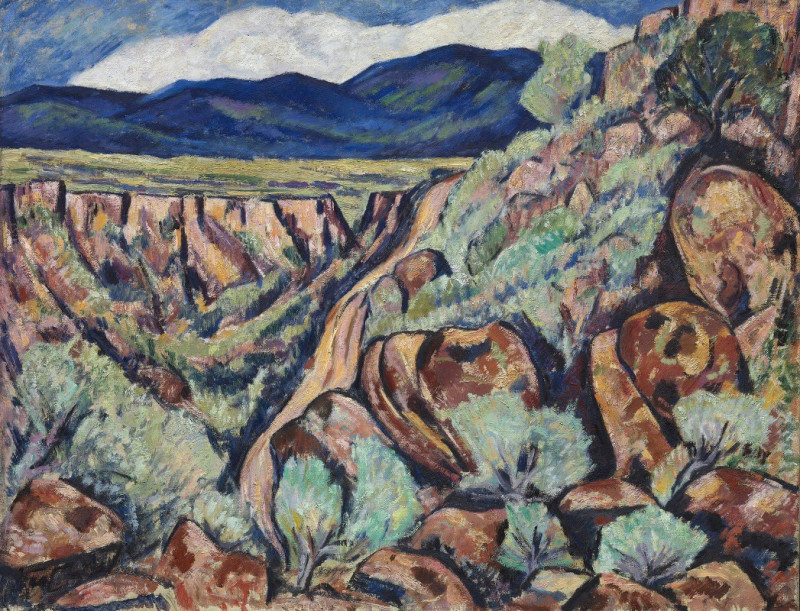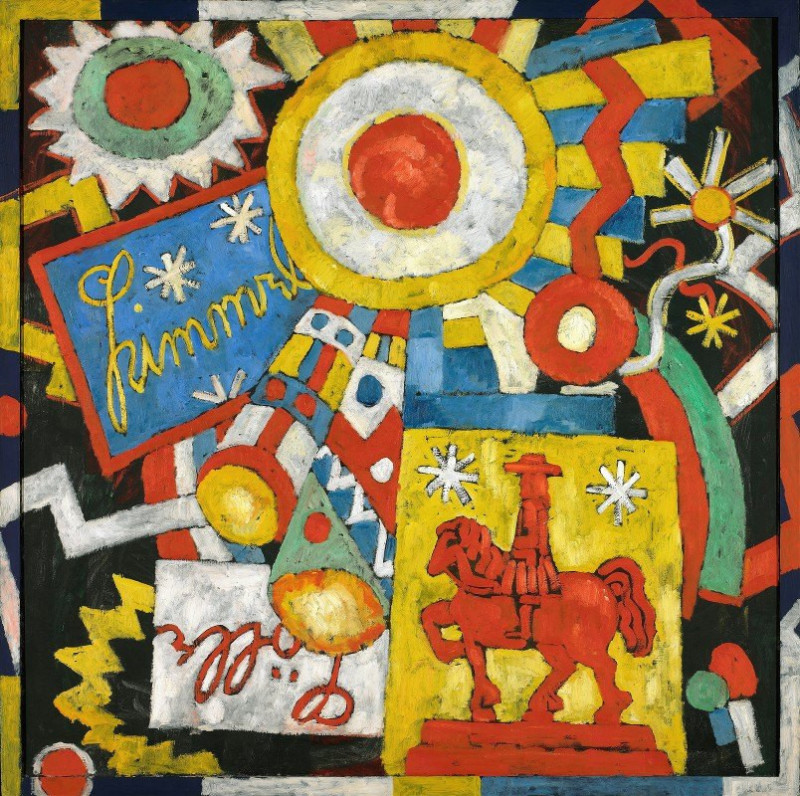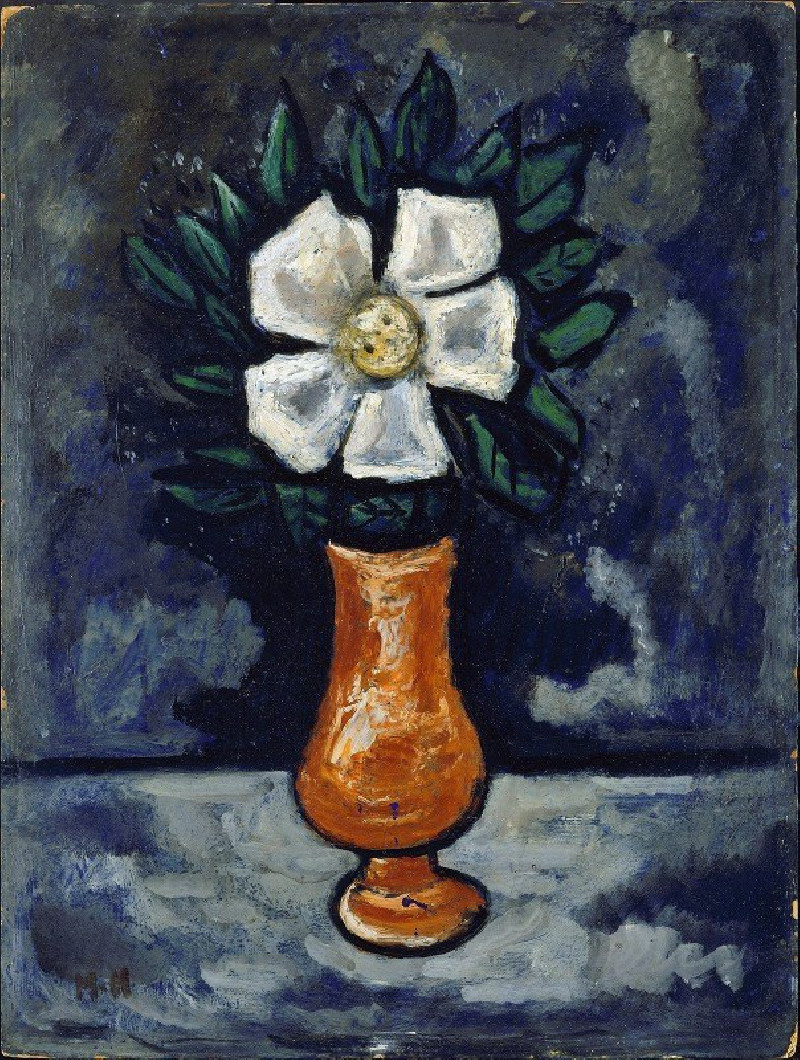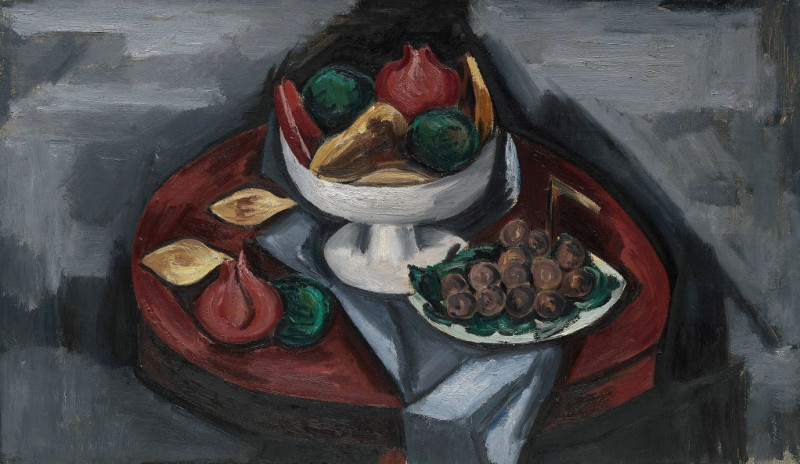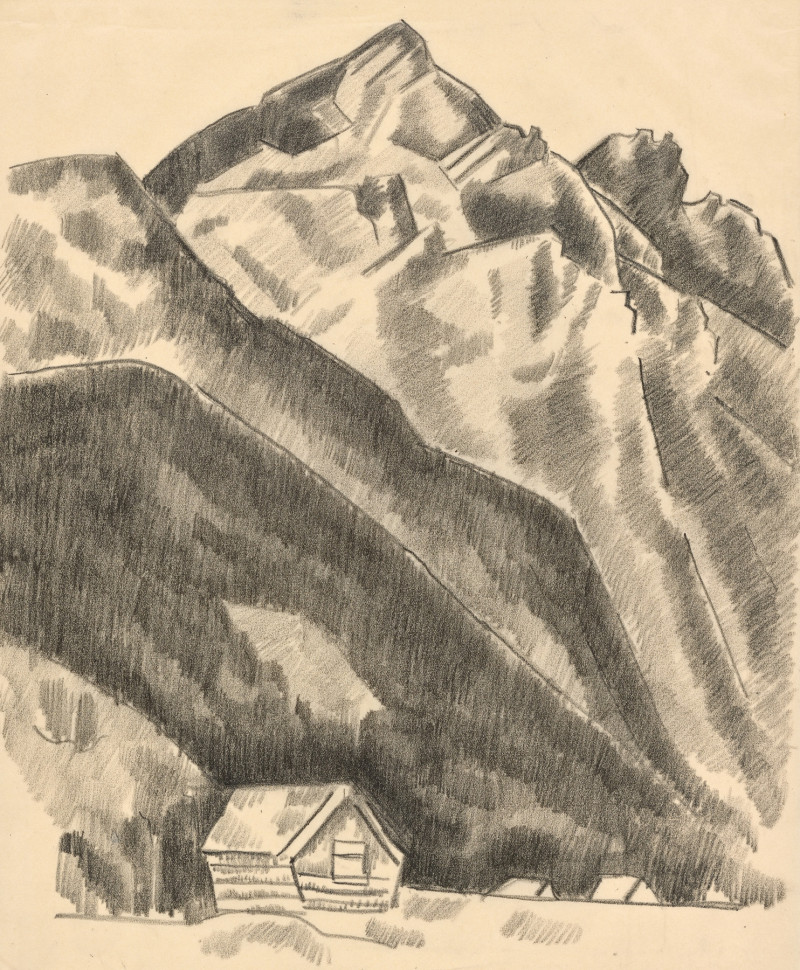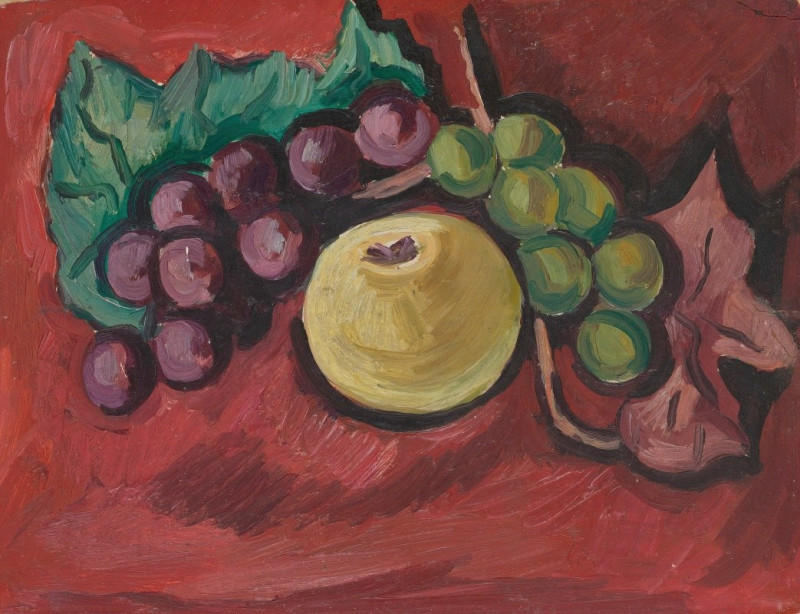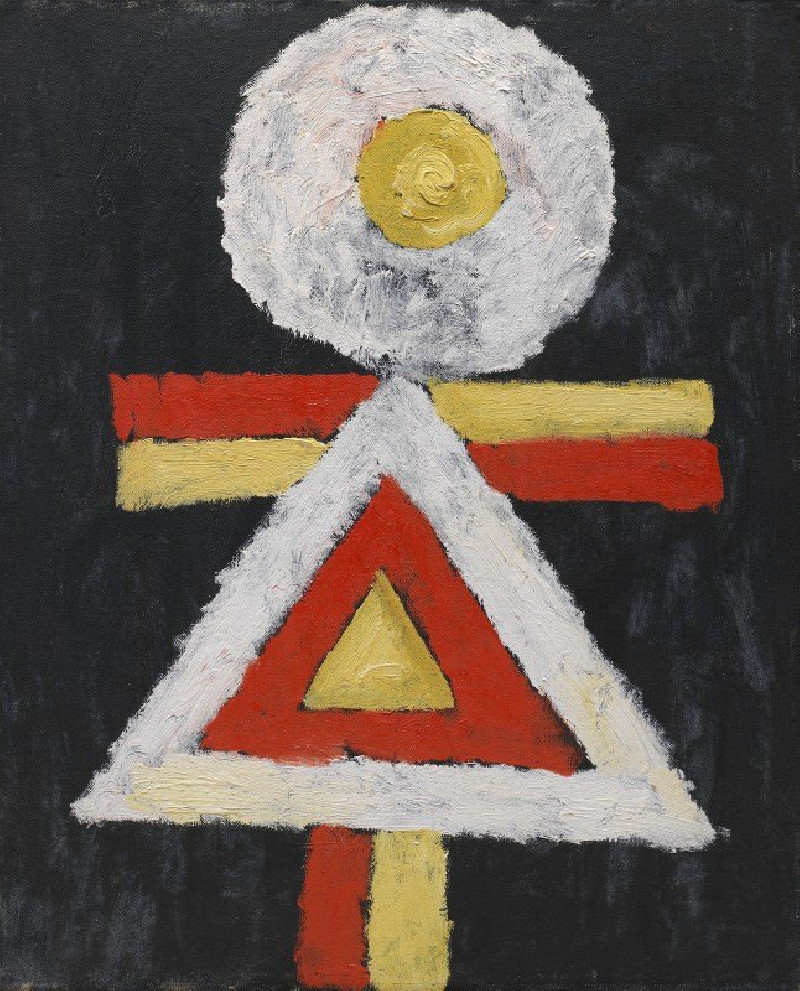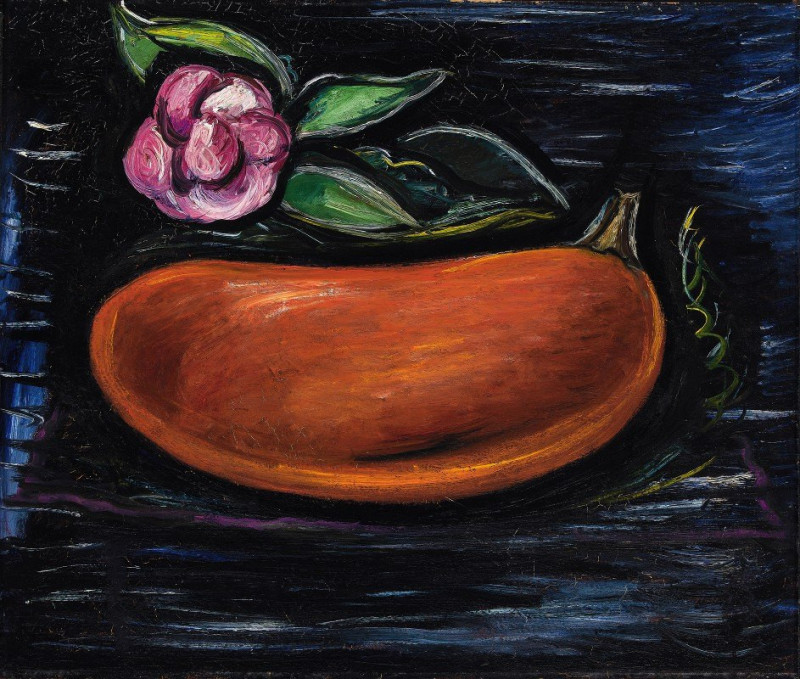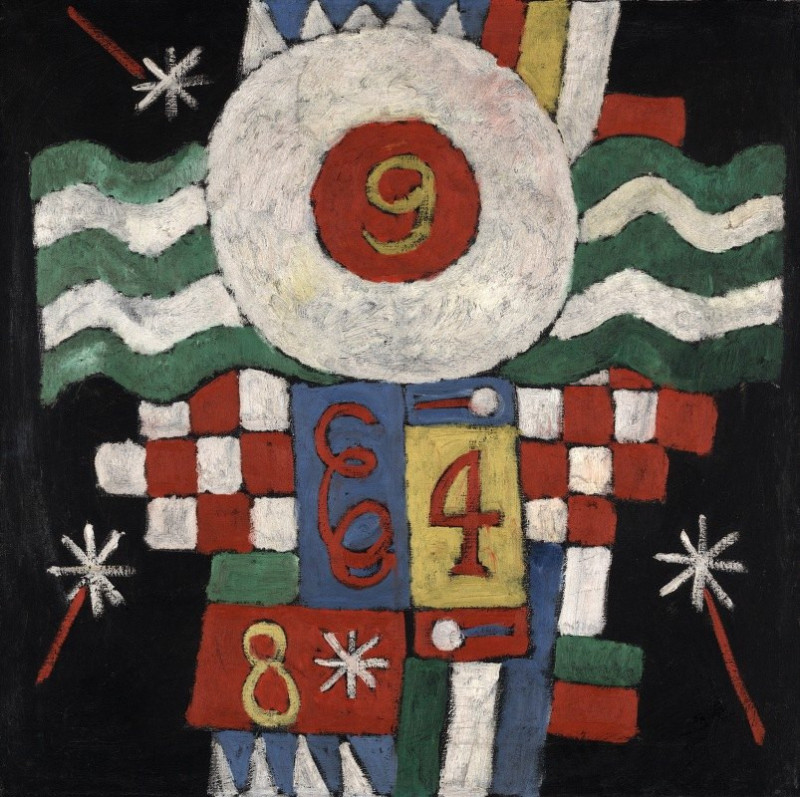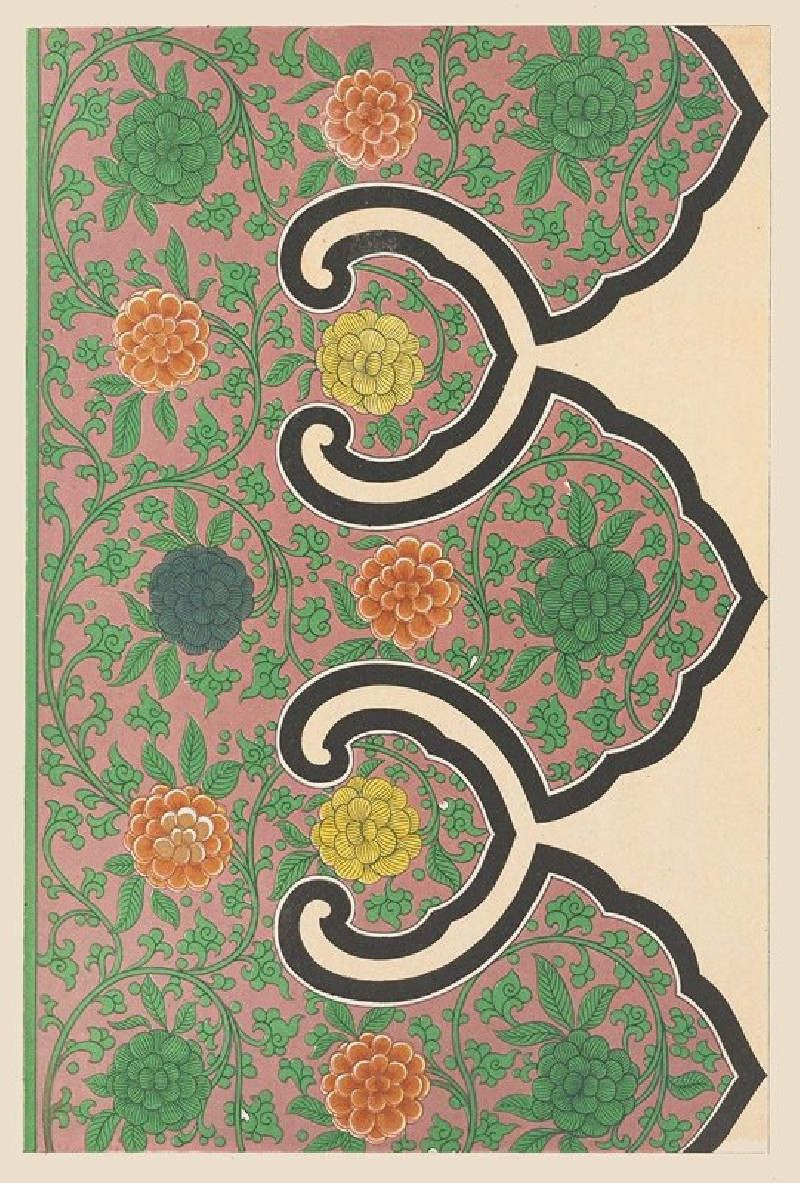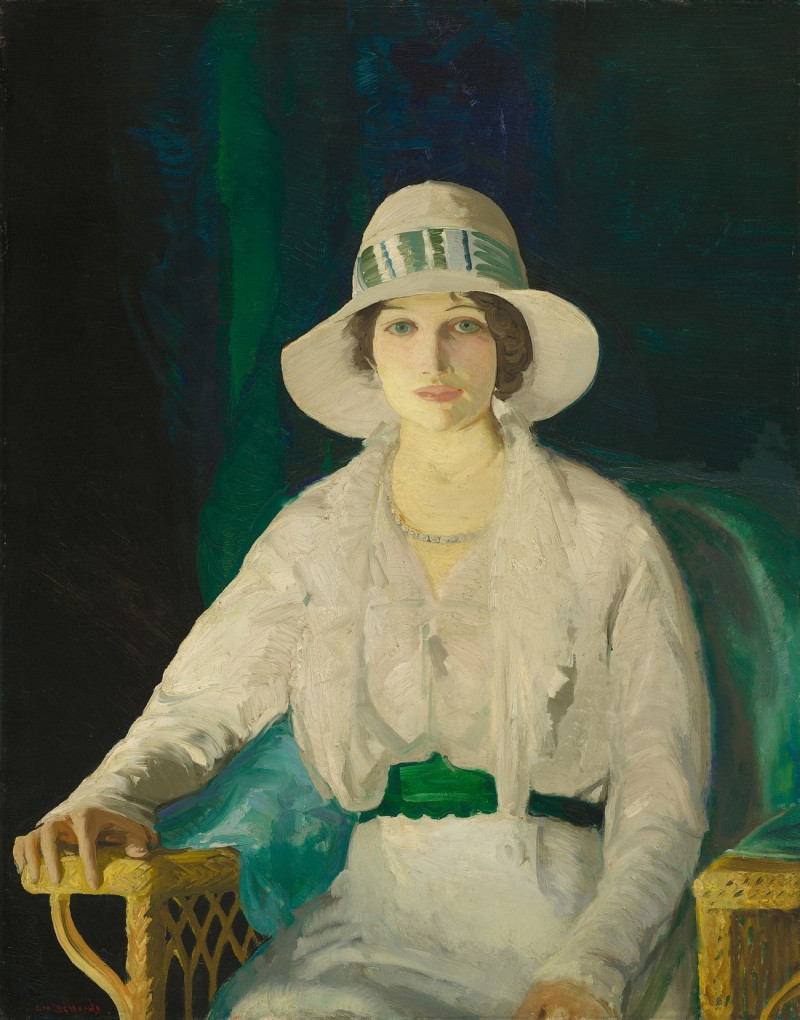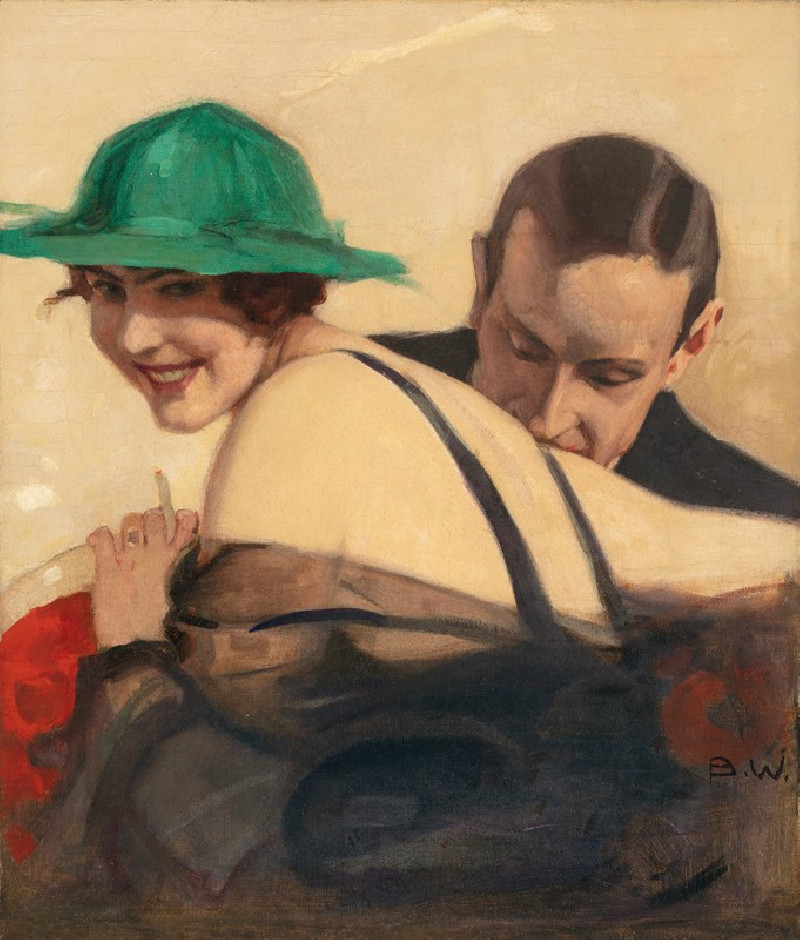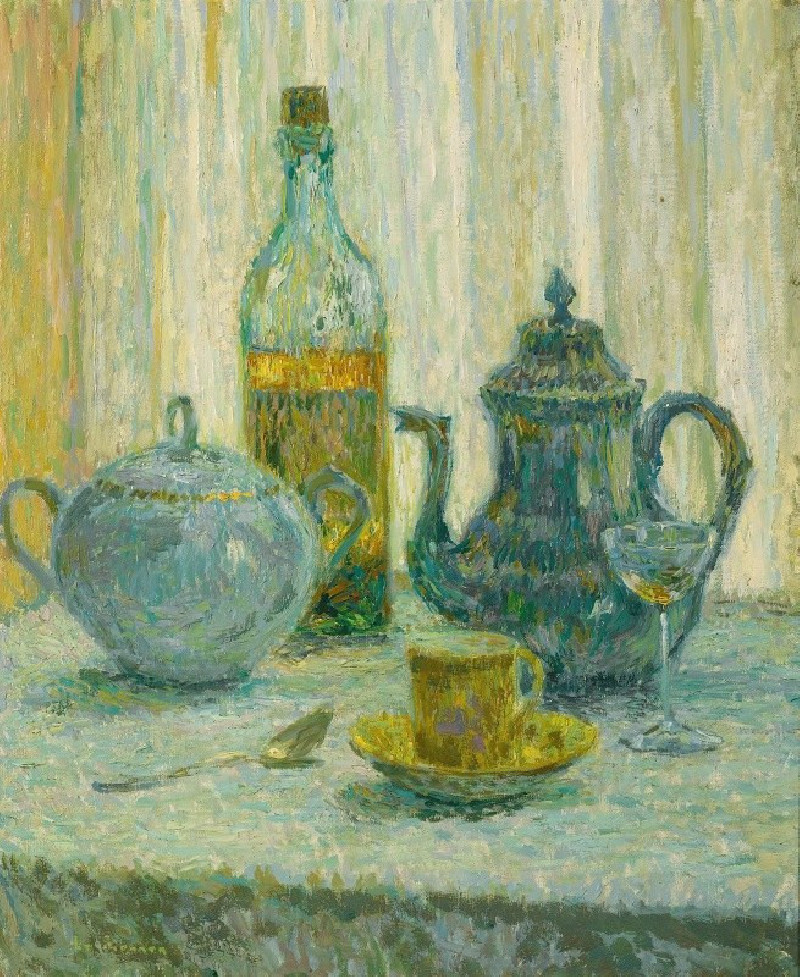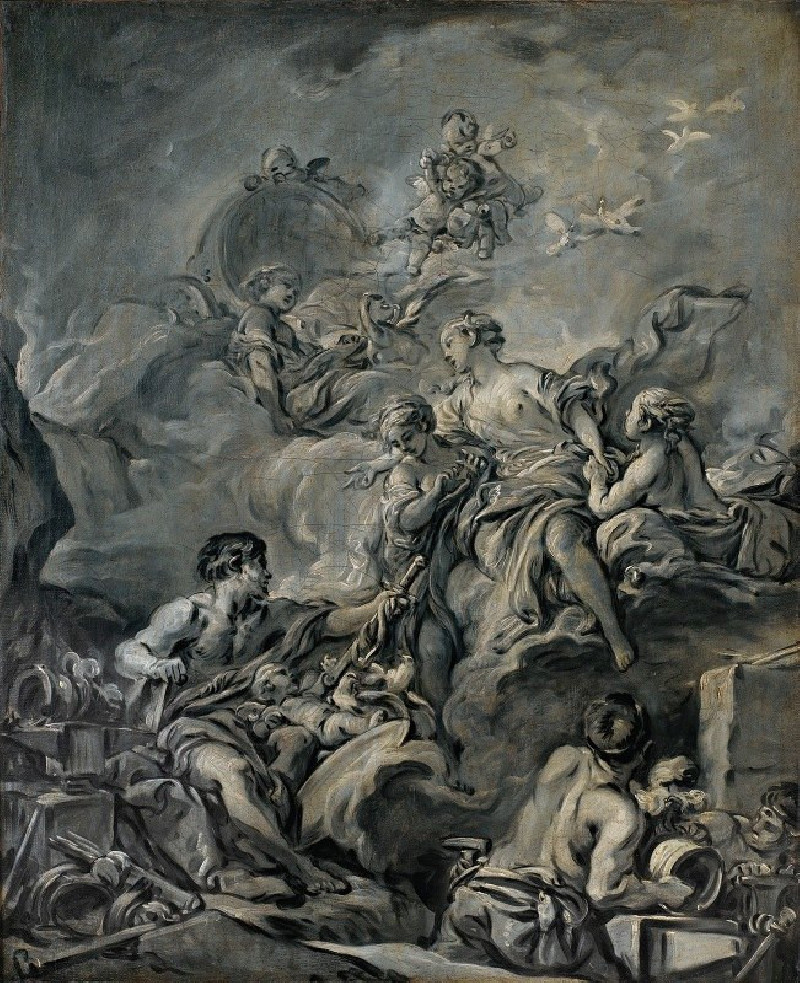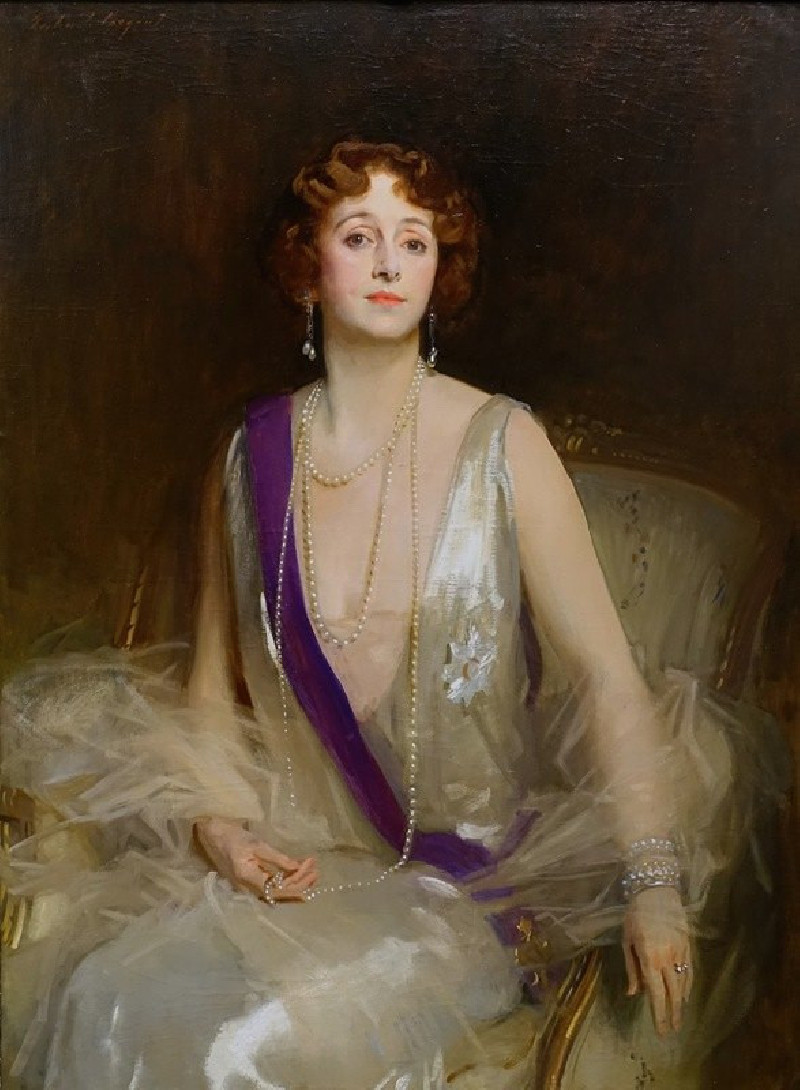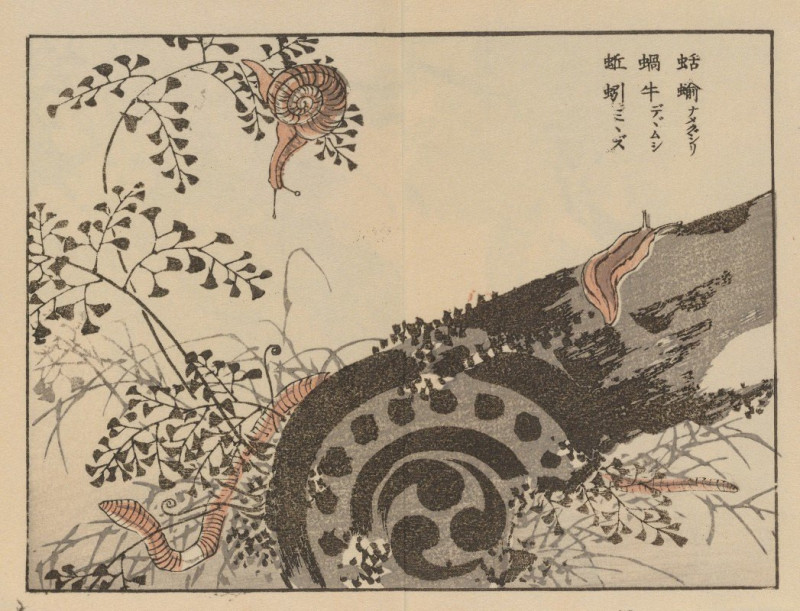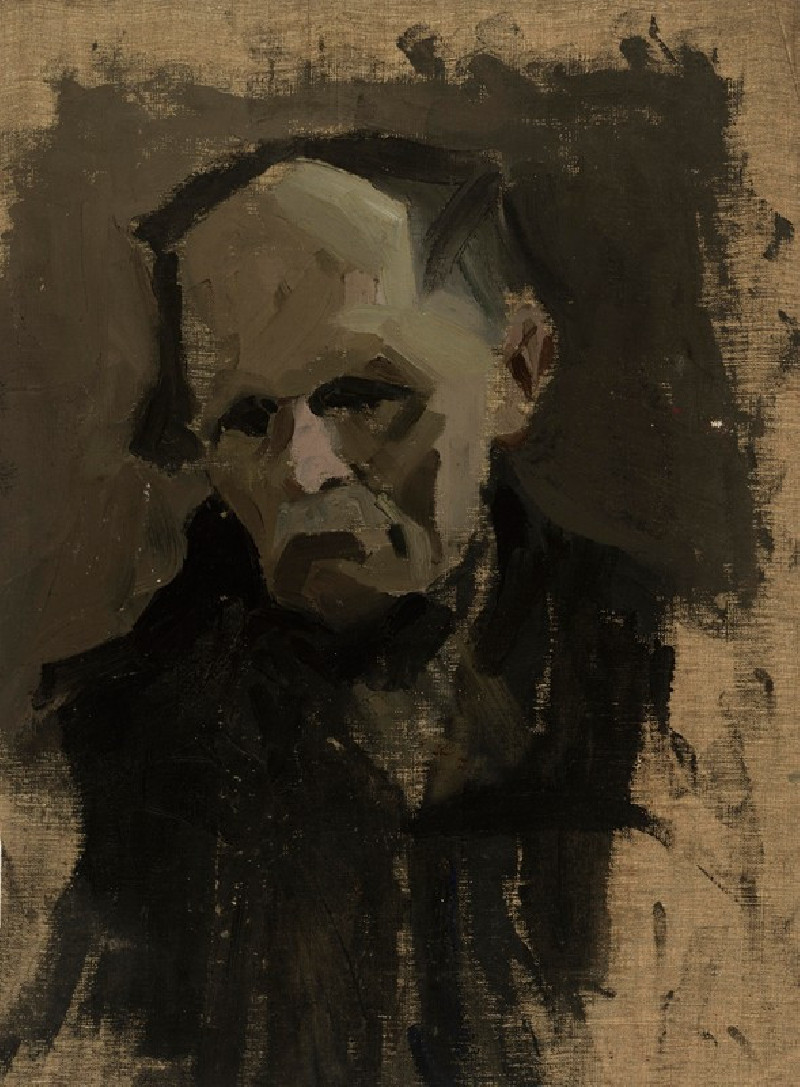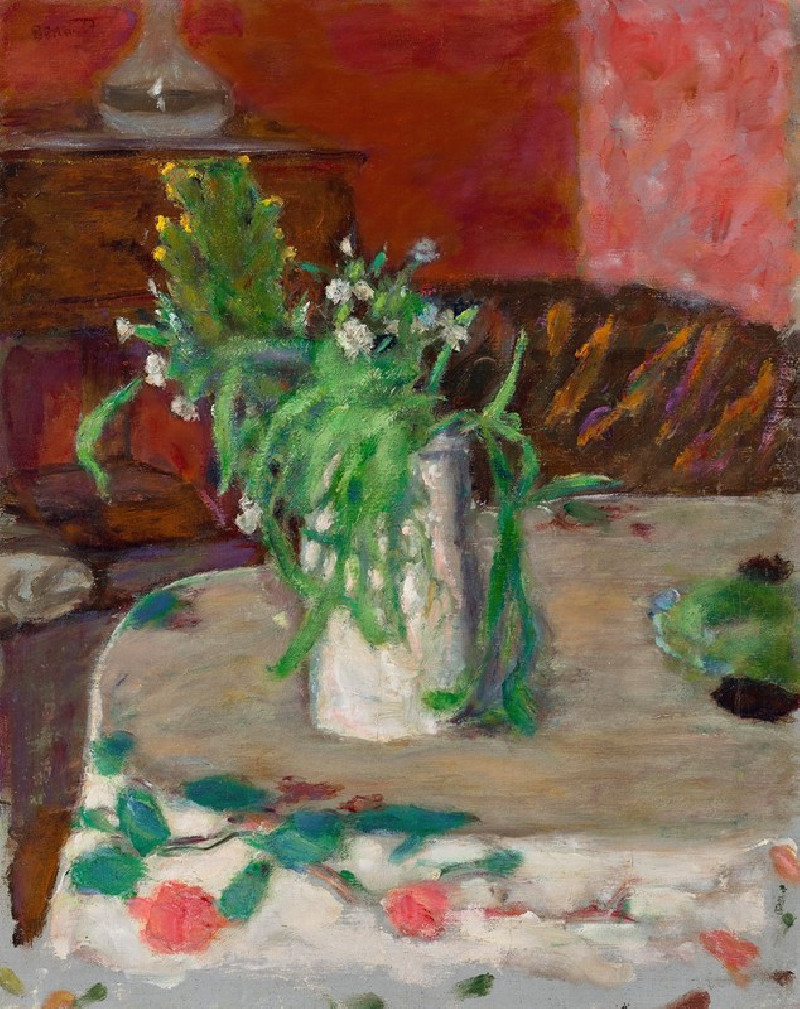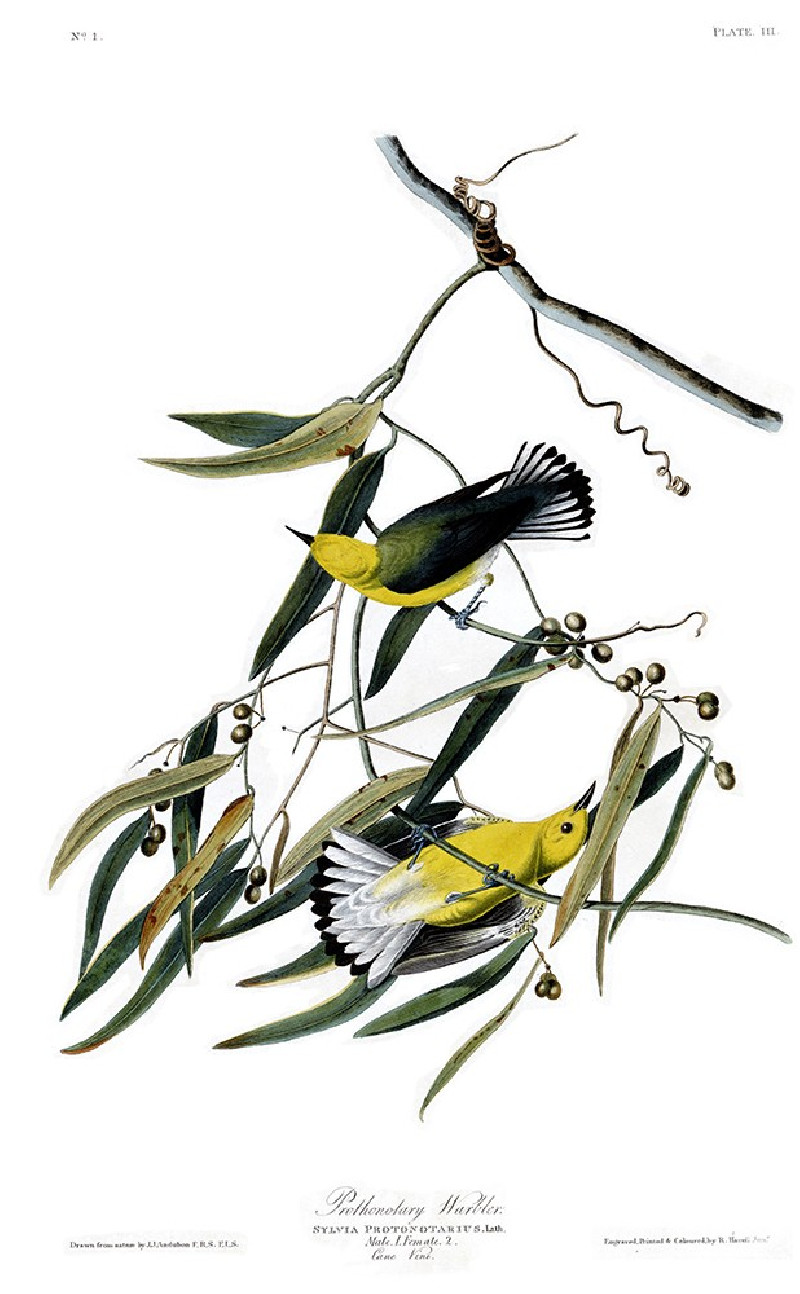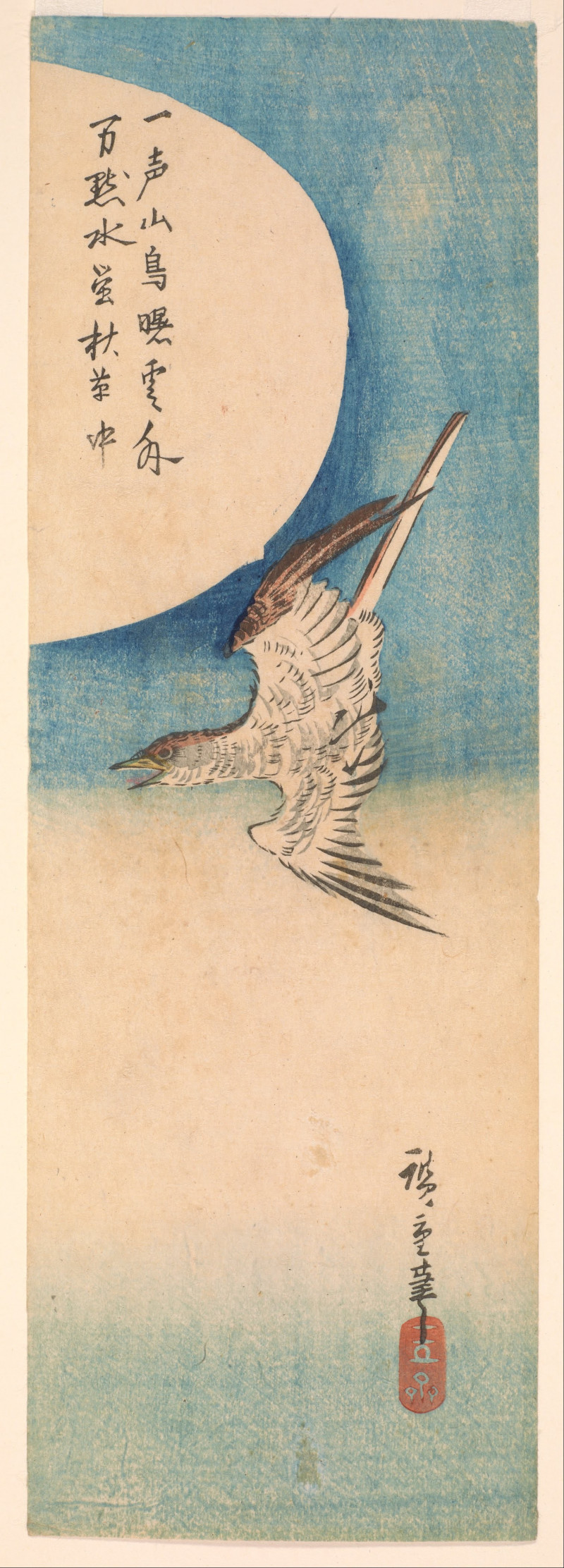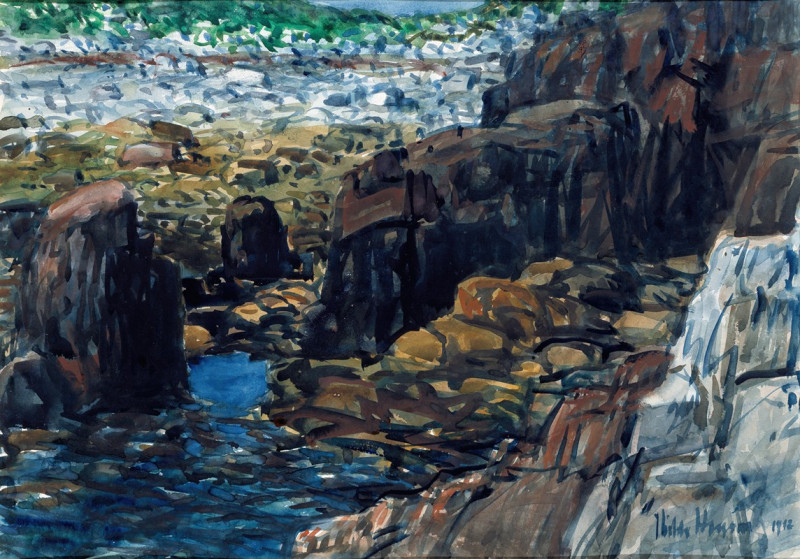Smelt Brook Falls (1937)
Technique: Giclée quality print
Recommended by our customers
More about this artwork
In the painting “Smelt Brook Falls” by Marsden Hartley, the powerful beauty of nature is captured in an enchanting and profound manner. Created in 1937, this artwork reflects Hartley’s unique style that bridges elements of American Modernism with emotional and symbolic depth.At the heart of the painting unfolds the dynamic view of Smelt Brook Falls, a scene dominated by the vigorous flow of water cascading through a rocky landscape. Hartley masterfully uses stark, flowing white strokes to depict the rushing water, drawing the viewer’s eye along the waterfall’s plummeting course. These white capes of the water contrast strongly with the surrounding dark tones, emphasizing the raw energy and the untamed spirit of the natural world.The background and the surroundings of the falls are depicted with thick, bold brush strokes of browns, blacks, and shades of autumnal oranges, giving the feel of a dense, wooded area that encloses the water. The rugged terrain and the sturdy trunks of trees suggest the enduring nature of the environmental setting. The dark palette enhances the solitude and the wilderness of the scene, inviting a contemplation about the transient yet perpetual essence of natural landscapes.“Smelt Brook Falls” can be viewed as a celebration of nature’s unyielding power and beauty. It also serves as an exploration of the emotional resonances that landscapes can evoke in the observer.
Delivery
Returns
Marsden Hartley (1877–1943) is a Maine native and a leading American Modernist painter, along with his contemporaries, Arthur Dove and Georgia O’Keeffe. He is well-known for employing geometric abstraction as well as bold colors and lines. His paintings depicted imagery of nature, landscapes, figures, and still-life. Sponsored by Alfred Stieglitz, Hartley went to Europe in 1912, spending most of his time in Germany, where he met Gertrude Stein, Wassily Kandinsky, and Franz Marc. After returning to America in 1930, he reconnected with the New England of his childhood and started to portray the landscapes of New England in his paintings.


